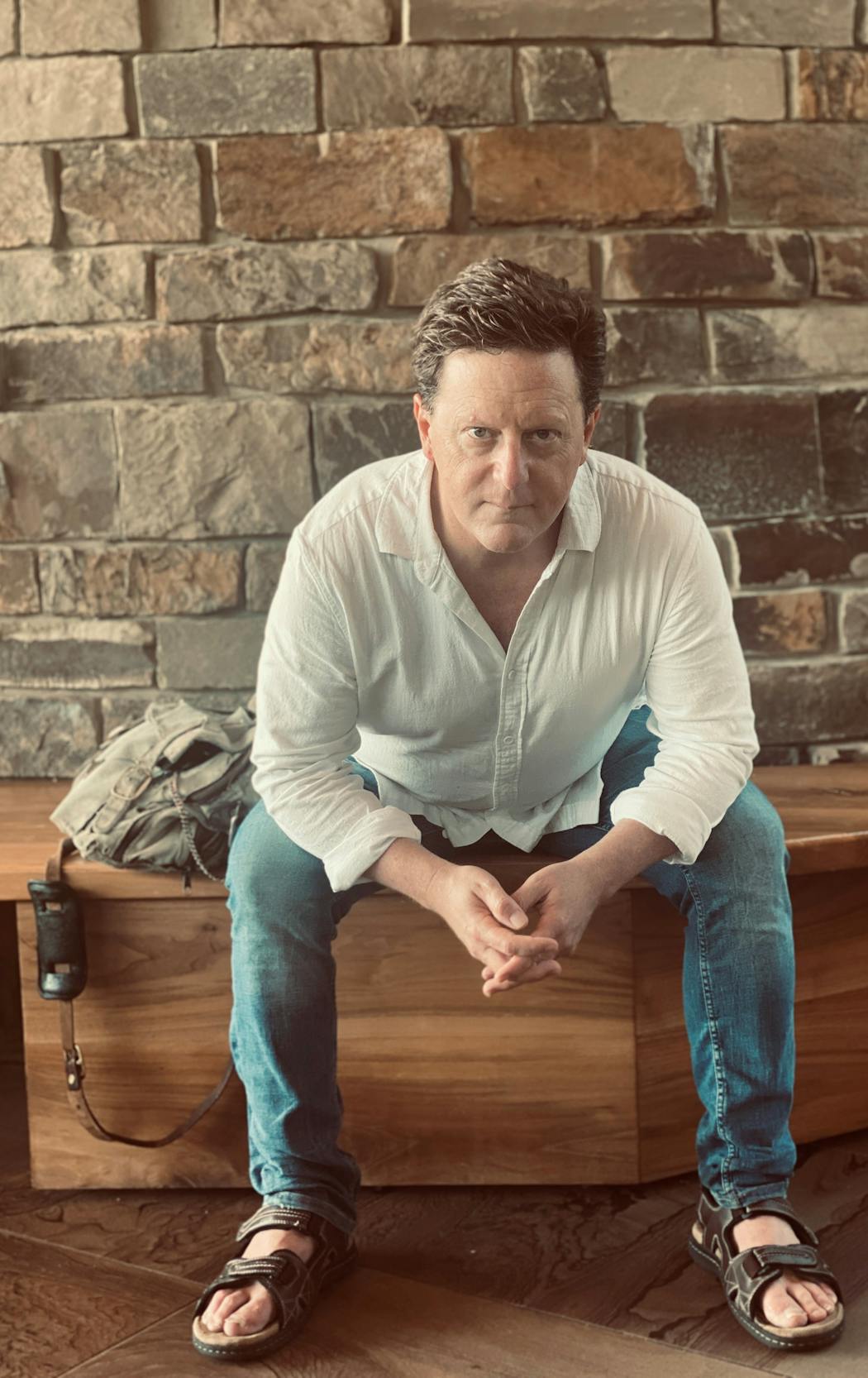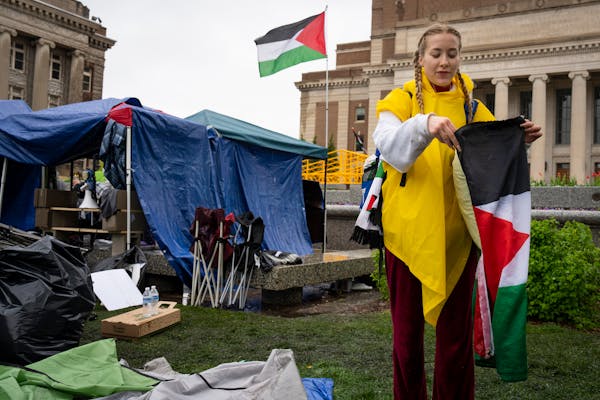One might say the day of reckoning for 19th-century surgeon Dr. J. Marion Sims came five years ago, when a forklift removed his statue from Central Park in New York.
Sims, who's been called "the father of modern gynecology," built his professional fame and success off the bodies of enslaved Black women who endured surgeries under his knife without anesthesia.
But writer and researcher J.C. Hallman says judgment of Sims' actions has not been harsh enough.
"I don't think there's been a full reckoning," Hallman said. Even after Sims' statue was taken down in 2018, "there were plenty of doctors out there who were willing to defend Sims, continue to apologize for his work, and to celebrate him."
Through years of meticulous research, Hallman — who taught in the University in St. Thomas' English department from 2007 to 2011 — is intent on removing the varnish from Sims' legacy. His describes his new book, "Say Anarcha," as a "dual biography" that aims to correct the false narrative Sims created for himself, while resurrecting a woman's life story that had almost been lost.
Anarcha was her name, and she was subject to more than 30 experiments starting in Sims' backyard hospital in Alabama in the 1840s.
As part of that retelling, Hallman returns to the Twin Cities this week to speak at the annual conference of DONA International, an organization for doulas. He'll also appear Friday for a free talk at Milkweed Books with Dr. Rahel Nardos of the University of Minnesota.
Anarcha's story has been likened to that of Henrietta Lacks or the test subjects of the Tuskegee syphilis study, all cases in which Black people were exploited in the name of medical advancement. Hallman notes that news stories in 2021 cited Sims' experiments as one reason for COVID-19 vaccine hesitancy in African American communities.
Sims was treating Anarcha and other enslaved women — we know two were named Betsey and Lucy — for obstetric fistula, a problem caused by prolonged childbirth in which a hole develops in the birth canal and leaves women incontinent and in pain. Patient consent was not required at the time, and Sims usually did not seek it. And of course, "enslaved people cannot give consent," Hallman said. "Period."
As for why Sims did not administer anesthesia, that answer is complex, he said. Chloroform and ether were just coming into use around the time of his experiments. However, Sims did use generous doses of morphine on surgeries for enslaved men during roughly the same period, Hallman said. Did Sims contend that Black women did not feel pain, a charge leveled by his critics?
"He described Anarcha, Lucy and Betsey as having been in excruciating pain at times," Hallman said. "So it's my belief that he was simply indifferent to the pain that he knew those women were feeling."
What's perhaps even more troubling is that as recently as 1950, Sims' biographer, Seale Harris, in no uncertain terms embraced the racist notion that Anarcha and the other women bore the pain with "a grim stoicism" that he attributed to their race or the product of being forced into submission over generations. Even today, Black patients are significantly less likely to be prescribed medication for pain.
Years before the Central Park statue was removed, Hallman found his way into the story of Sims and Anarcha while traveling down an internet rabbit hole. He was trying to understand the obstetric fistula health crisis in Africa, and it led him to the history of its treatment. Hallman today describes Sims as diabolical and self-serving. But his defenders say he was an innovator and a product of his time; statues of Sims still stand in Alabama and South Carolina.
Anarcha could have been lost to history, but Hallman, who specializes in creative nonfiction, spent years researching her past, knocking on doors, visiting probate offices and libraries, and poring over medical journals. He also wanted to "bear witness to the modern legacy of the Alabama fistula experiments," a curiosity that steered him to the Addis Ababa Fistula Hospital in Ethiopia, which cares for women with childbirth injuries. Although fistulas are rare in the United States because of access to prenatal care and Cesarean sections, the condition is still prevalent in developing countries.
There at the fistula hospital in Ethiopia, Hallman observed a model of care in which women lived communally and became skilled caregivers — as nurses, aides, doctors and organizers — to help fellow fistula survivors. It wasn't lost on him that this arrangement was the legacy not of Sims, but of Anarcha. The young women in Sims' backyard clinic looked out for one another, creating a "sisterhood of suffering."
Hallman says in "Say Anarcha," his seventh book, that she has become a symbol of the countless women, enslaved or not, who were experimented on by physicians like Sims. "Every woman living today owes a debt to Anarcha," Hallman writes.
His quest to find her culminated in locating her gravesite, nestled in a "lonely forest in Virginia." He's now trying to preserve it and has brought Anarcha's descendants there to share his findings with them.
One of the descendants, Rochelle L. Ford, president of Dillard University in New Orleans, told the Free-Lance Star that the revelations were meaningful because "oftentimes for African Americans, we can't trace our ancestry back," she said. "From slavery until today, we continue to contribute to America."
When a giant of his own making like Sims falls, it lets in more sun and air, breathing life into an important figure who had been obscured by his shadow. Anarcha's contributions to women's health should not be forgotten. We say her name to keep her story alive — in the light, where it belongs.
If you go
What: J.C. Hallman in conversation with Dr. Rahel Nardos of the University of Minnesota's Center for Global Health and Social Responsibility.
When: 7 p.m. Oct. 20.
Where: Milkweed Books, 1011 Washington Av. S., Mpls.
Register: milkweed.org/events

Yuen: This Minnesota-based preacher left the church and found God in the woods
Yuen: The bizarre and relatable case of Minnesota state Sen. Nicole Mitchell

Yuen: Lynx No. 1 pick Pili finds 'blessing' fueling dreams of Samoan, Indigenous kids

Yuen: Why do people forgive? It's messy, complex and 'the best form of self-interest'





